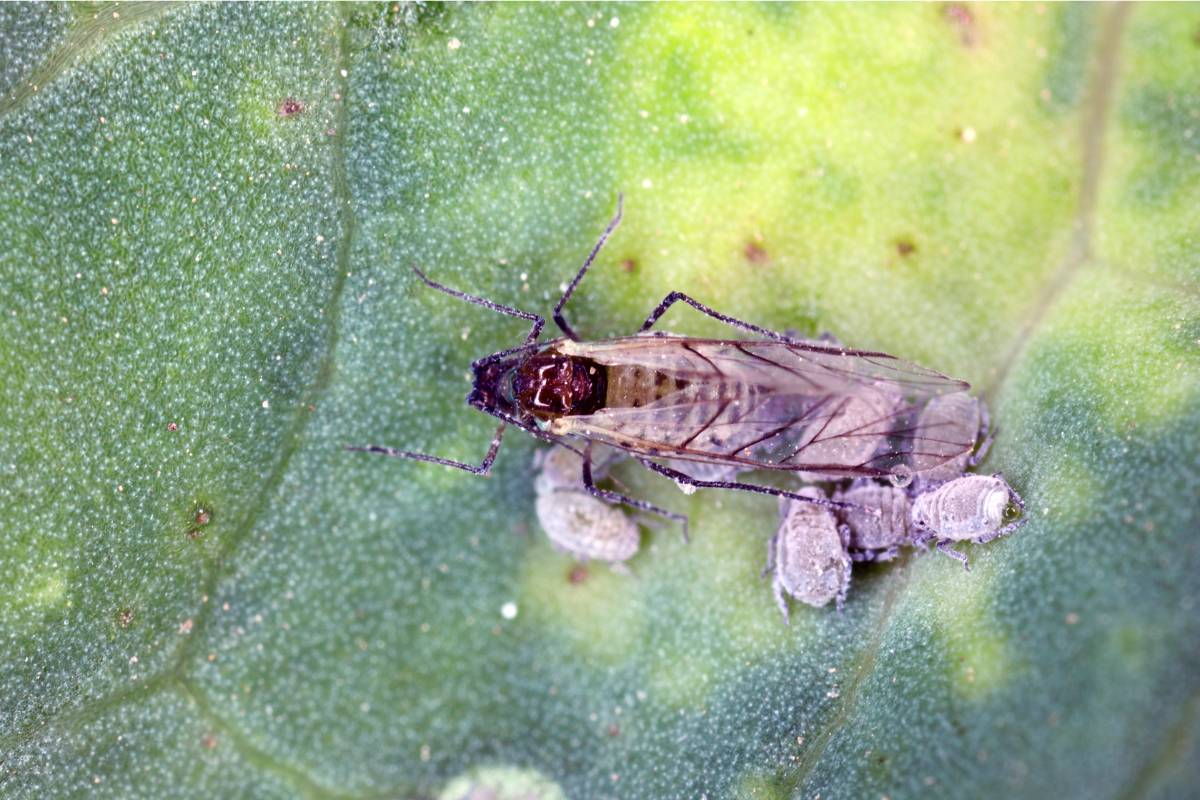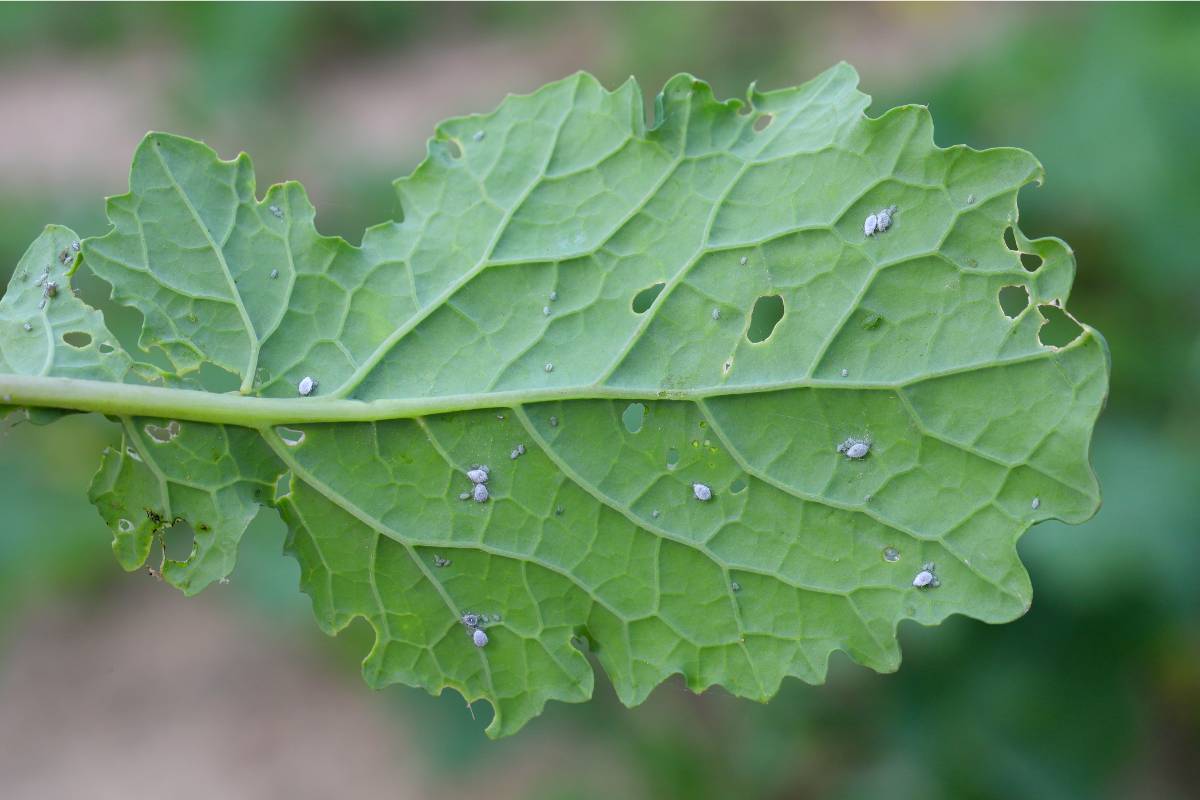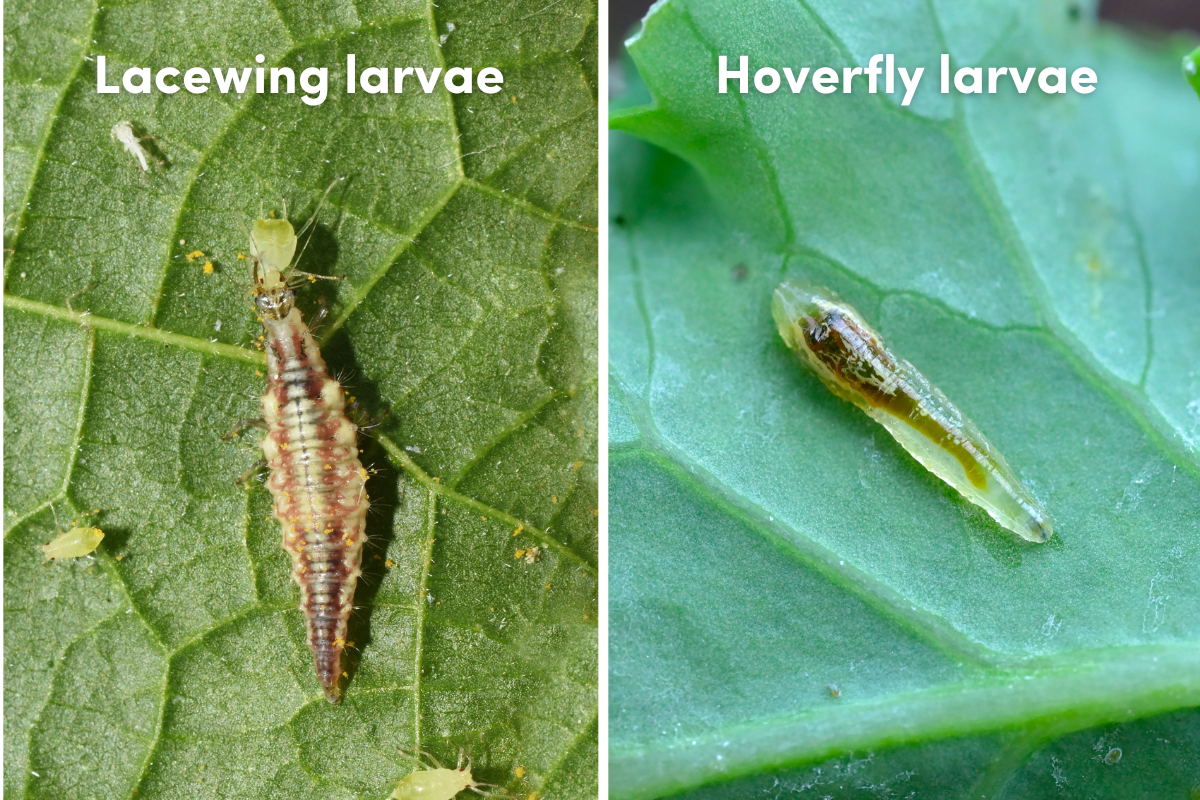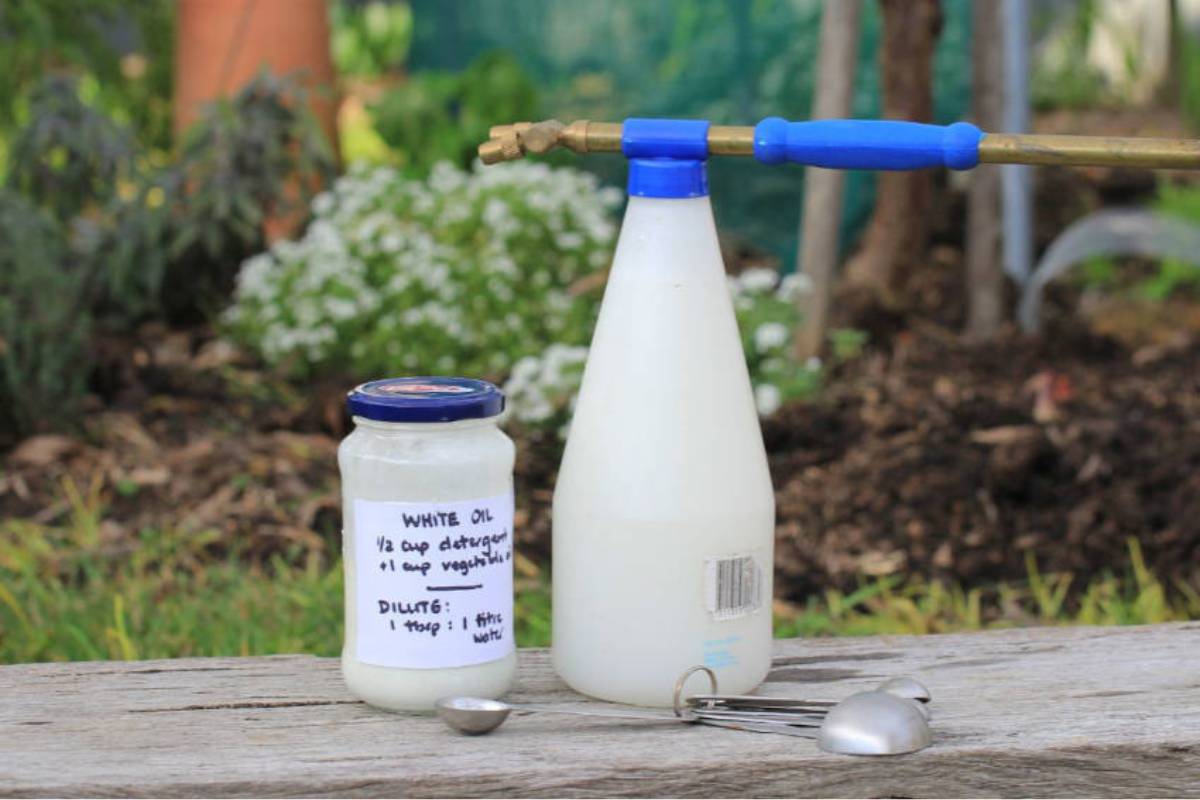Brassicas are a mainstay of the vegetable patch, providing plenty of variety for your garden and table alike. But if you grow cabbage, cauliflower, broccoli, Brussels sprouts or many other cruciferous favourites from the brassica family, you're likely to come across a destructive pest that can infest your crops in a dismayingly short time.
This pest is the cabbage aphid, known more formally as Brevicoryne brassicae, and as with its many aphid relatives, it can cause serious problems in the veggie patch if a population gets out of control.
Cabbage Aphid Life Cycle
Cabbage aphids can spread with incredible speed. The adult females reproduce asexually for most of the growing season, producing clones of themselves when conditions are favourable and there's plenty of food around. Their offspring are themselves ready to reproduce in around eight days, and can go on to create five clones a day of their own for up to a month. Populations peak in autumn and late winter/spring, at temperatures of 20-25°C.
In contrast, male cabbage aphids are relatively scarce, mainly appearing toward the end of the season to fertilise eggs which overwinter in cold climates, starting the whole cycle going again come spring. In warmer areas of Australia the sexual phase of reproduction may be skipped altogether, as the aphids can continue to reproduce slowly at temperatures as low as 5°C.
Feeding Behaviour and Damage
Cabbage aphids can harm your plants in two ways, both caused by their feeding behaviour. They inflict direct damage by chewing into the soft growth of the brassica, particularly its young leaves, flower buds and tender stalks, then sucking out the sap within. This stunts the plant, causes yellowing and curling leaves, risks bacterial infection, and ultimately reduces or even ruins the harvest.
Second, cabbage aphids are transmitters of several diseases including cauliflower mosaic virus and turnip mosaic virus (otherwise known as cabbage ring spot virus), injecting the pathogens directly into the plant as they feed. Both of these viruses are incurable and can cause severe damage across your entire patch once they gain a foothold.
Spotting an Infestation
Cabbage aphid eggs and nymphs are tiny and difficult to detect with the naked eye, so the first visible sign of an aphid infestation will often be wingless adults congregating on the undersides of leaves. These soft-bodied insects are up to 3mm in length and greenish-grey with a pale waxy coating. As the infestation progresses, the population may group around the growing tips and flowering parts of the plant, and more winged adults will start to appear in preparation for migrating to new feeding grounds as the population outgrows the host.
Cabbage Aphid Prevention and Control
Combine the sheer amount of aphids produced across a season with the damage their feeding causes, and it's clear that you should do what you can to control their numbers. There are three main approaches to try.
1. Encourage or Introduce Natural Predators
Cabbage aphids don't attract a huge variety of natural predators, as their brassica diet tends to make them taste mustardy and sulphurous, deterring many casual feeders. However, there are several aphid-loving hunters that are worth encouraging into your garden.
- Lacewing larvae feed on aphids, and the insects can be encouraged naturally or bought as eggs or larvae for introducing directly to infested plants.
- Hoverfly larvae are efficient aphid feeders, and you can attract egg-laying adults by growing small-flowered plants with high nectar levels, including coriander, dill, fennel, sweet alyssum and plants with daisy-like flowers.
- Aphid parasitic wasps lay eggs into aphid bodies, killing them in the process and breaking the reproductive cycle. The wasps may find their way into your garden naturally or can be bought in egg form for releasing into your veggie patch as they hatch.
- Lady beetle larvae and adults both feed on aphids and are effective at thinning out large populations. However, the adults will readily vacate an area once aphid numbers start to dwindle, so lady beetles are best seen as an emergency treatment rather than a preventative one.
2. Cultural Control
Cabbage aphids' fast reproductive rate means catching infestations early is key. To help with this, control weeds around target plants to reduce cover and make it easier to see any developing problems. Take particular care to remove brassica weeds such as wild mustard which can attract aphid adults to begin an infestation.
As soon as you see an early infestation, remove either the affected leaves, or ideally the whole plant, and dispose of the waste in a compost heap. And lastly, remove any plant remnants once harvest is over to take care of eggs or remaining adult females that may be hiding.
3. Organic Sprays
Chemical insecticide treatments are available for cabbage aphids but are mainly used in agriculture rather than the home garden, as they can also harm beneficial insects as a side effect. In addition, because aphids reproduce so quickly, populations will quickly build resistance to chemical sprays.
On a domestic scale, organic sprays can be effective for removing populations and keeping overall numbers in check. A strong herbal tea made with peppermint can be sprayed onto young plants to act as a repellent, discouraging egg laying and preventing infestations. Mixing the same tea with a little horticultural soap can work to bog down and suffocate any adults already around. Homemade white oil can smother all kinds of soft-bodied pests, aphids included, while neem oil is a tried-and-tested organic solution that combines a smothering effect with a natural insecticidal action.
Whichever control method you choose, when it comes to cabbage aphids, the most important thing is to take action as soon as you spot a problem. Otherwise, their rapid reproductive rate will soon turn a few hungry visitors into a full-blown infestation.









